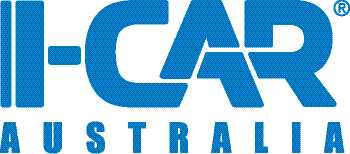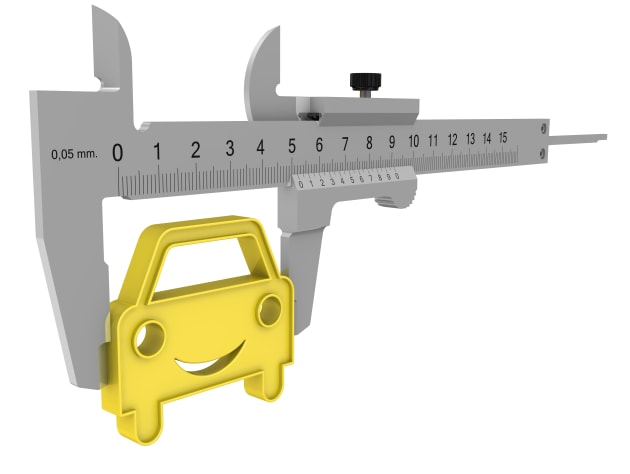In case you missed this in our May-June edition.
Jason Trewin of I-CAR Australia’s top 10 reasons why accurate structural repair is critical in modern collision repair.
As vehicles become more complex and structurally advanced, the accuracy of collision repair—particularly in relation to vehicle structures—has never been more vital. Modern materials, evolving design standards, and integrated safety systems mean that even the smallest deviation from OEM specifications can result in serious safety and performance consequences. At I-CAR Australia, we advocate for a deep understanding of structural integrity and a commitment to precise repair practices across the industry.

Here are 10 key reasons why accurate structural repair is critical:
1 Safety Systems Rely on Structural Accuracy
Today’s vehicles are equipped with highly calibrated Advanced Driver Assistance Systems (ADAS) that depend on millimetre-accurate alignment. Structural misalignment can compromise sensor placement and render these safety systems ineffective, putting occupants at risk.
2 Crash Energy Management Must Be Restored
Vehicle structures are engineered to manage and redirect crash forces away from occupants during a collision. Improper repair can interrupt these engineered crumple zones, leading to unpredictable crash performance and increased risk of injury.
3 Modern Materials Require Specific Repair Methods
High-strength steels, aluminium, carbon fibre, and other advanced materials are common in vehicle structures. Each requires specific techniques and tools for sectioning, welding, or bonding. Inaccurate repair can cause irreversible damage or weaken the structure.
4 Manufacturer Specifications Are Non-Negotiable
OEMs provide exact structural measurements and tolerances for a reason—every millimetre counts. Adhering strictly to these specs ensures the vehicle performs as intended in both crashworthiness and handling.
5 Undetected Structural Errors Can Lead to Rework
If structural repairs are not precise, they often go undetected until later stages of the repair or even after delivery. This leads to expensive rework, insurance disputes, and potential legal liability.
6 Wheel Alignment and Suspension Geometry Depend on Structural Accuracy
Chassis and suspension components are directly tied to structural reference points. Any inaccuracy in body or frame repair affects alignment, steering response, and tyre wear, ultimately impacting vehicle safety and drivability.
7 Insurance and Liability Risks Are Elevated
Repairers who fail to restore structural integrity to OEM standards expose themselves and insurers to significant liability. In the event of a secondary collision, improperly repaired structures can result in lawsuits or rejected claims.
8 Certification and Compliance Depend on Accuracy
For businesses pursuing OEM certification, accurate structural repair is a cornerstone of compliance. Consistently meeting these standards improves credibility, workflow efficiency, and industry reputation.
9 Customer Safety and Trust Are at Stake
Consumers trust repairers to return their vehicles in safe, roadworthy condition. Structural shortcuts compromise that trust and can have life-or-death consequences in real-world driving scenarios.
10 Reputation and Business Longevity Depend on Quality Repairs
In an increasingly transparent industry, poor structural repairs can damage a shop's reputation permanently. Accurate repairs build trust with customers, insurers, and OEMs—ensuring a strong future in a competitive market.
Final Word
Structural repair is now a technical discipline that demands precision, training, and a deep understanding of materials and vehicle architecture. At I-CAR Australia, we’re committed to equipping the industry with the knowledge and skills required to restore structural integrity to the highest standard. Remember: If it’s not accurate—it’s not safe.
More info here.


